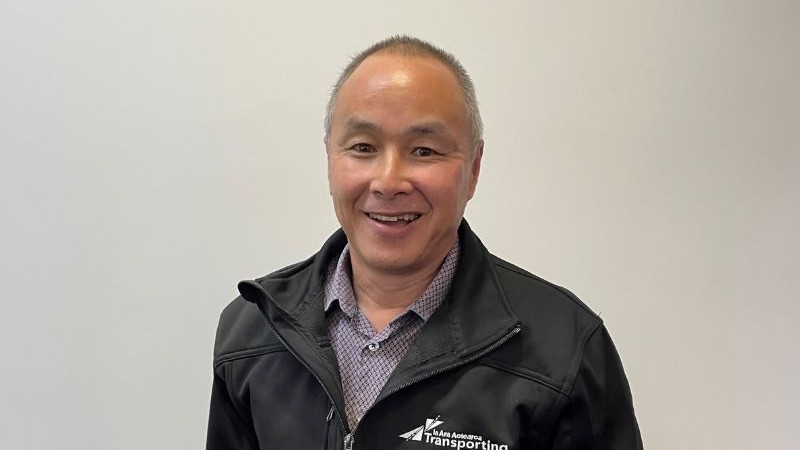
Last week, it was revealed that many of the $8.7 billion NZ Upgrade Programme projects face “red” ratings for their potential to go over budget. As a result, government is needing to “rescope” projects. Transport Minister Michael Wood was reported as saying there would be some trimming of projects and “rephasing” to deal with inflation.
Sadly, for many of us, cost overruns come as no surprise. Consider one of the most recent major projects, Transmission Gully: We may never know the real final cost but the $850 million initial cost reportedly ballooned by 50%, to $1.25 billion.
I believe most businesses in our sector worry about managing client and supplier relationships when they experience single digit percentage cost overruns – but somehow a 50% cost overrun in road construction appears to be par for the course. That undermines confidence in the road construction programme, and it’s another reason why, in terms of real investment in the network, we’re losing so much ground.
The amount of money at risk is eye-watering. For example, the options Waka Kotahi is considering for theWaitematā Harbour Connections project are in the $15 billion to $25 billion range – so it is not inconceivable that a cost overrun for that project alone would be equivalent to more than the value of the whole NZ Upgrade Programme.
I was asked by Mike Hosking on Newstalk ZB whether I thought Waka Kotahi and the government cared about roading. My response was, yes, I think they do care. However, just because someone cares about something doesn’t mean they’re good at it.
Cost Model tool launched
As an industry, we have our own work to do in managing costs.
In some areas, our sector has a reputation for its businesses being in a race to the bottom. Contributing factors for that include:
- Procurers who take no interest in the level and quality of service they receive and whether they are paying a fair and sustainable fee;
- Operators who don’t understand their costs sufficiently to ensure their rates are financially sustainable.
The purpose of Transporting New Zealand is to create the environment where trucking operators can drive successful, safe, and sustainable businesses, so I’m very pleased to announce that this week we are officially launching the Transporting New Zealand Cost Model.
Our Cost Model is one tool in a programme to increase financial literacy in our sector and make our people’s businesses more successful. Previously, members provided data to our Regional and Sector Advisors who used a Cost Model to advise them on their rates. This approach routinely required advisors to fill in gaps on costs. We are making a significant change to that approach. Instead of taking information and calculating and advising members on their rates, we are empowering operators to manage and determine their respective costs and charge out rates themselves.
Regional and sector manager Mike McRandle and his team have been working hard on this project and I am very grateful to operators whose input during the beta test phases has been critical in reaching this milestone. There has been strong interest from members and Mike and the membership team will be working hard to roll out the Cost Model tool over the next six months.
Improving financial literacy is an important structural change that will help rid our sector’s business reputation of being a “race to the bottom”. Procurers of the services our members provide also need to take greater ownership by paying a reasonable rate.
We may not be able to solve cost overruns completely, but doing all we can to get our own house in order is a good place to start.
- By Dom Kalasih, acting chief executive, Transporting New Zealand





